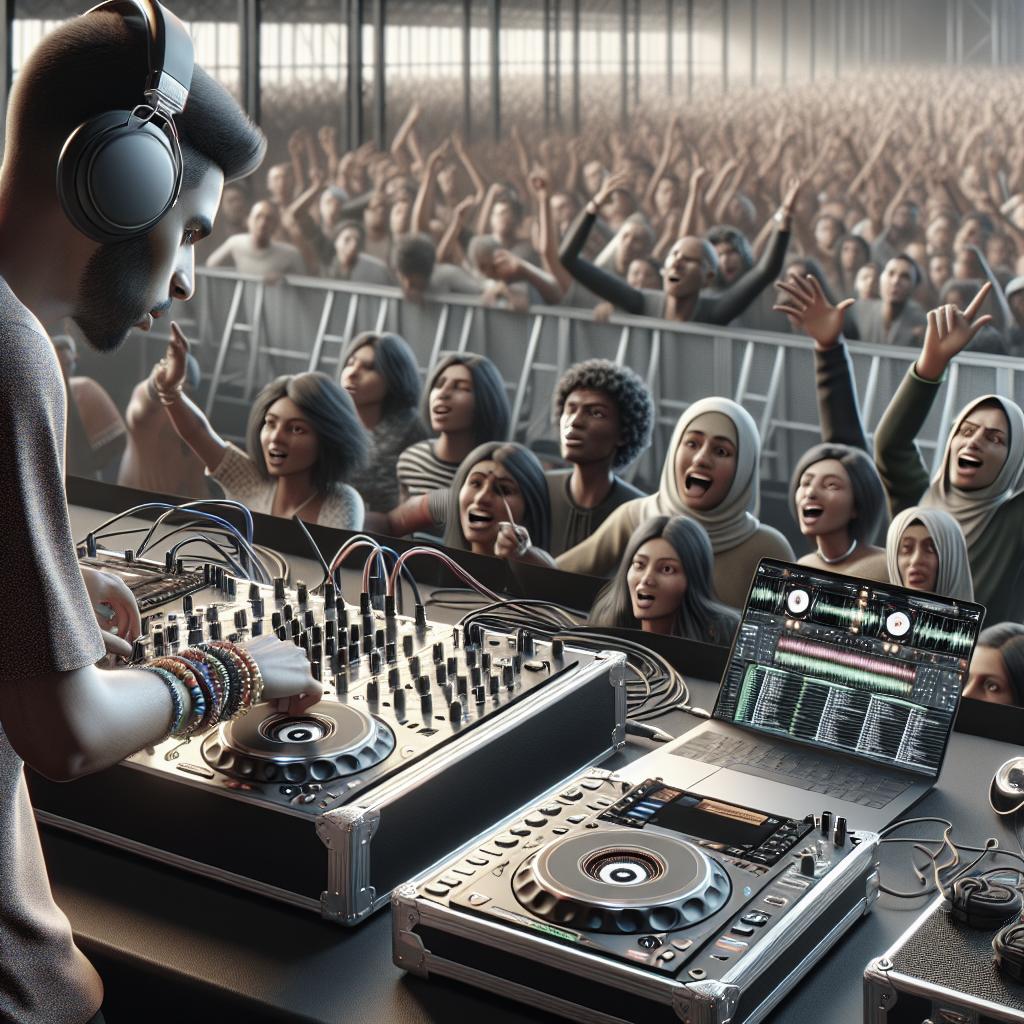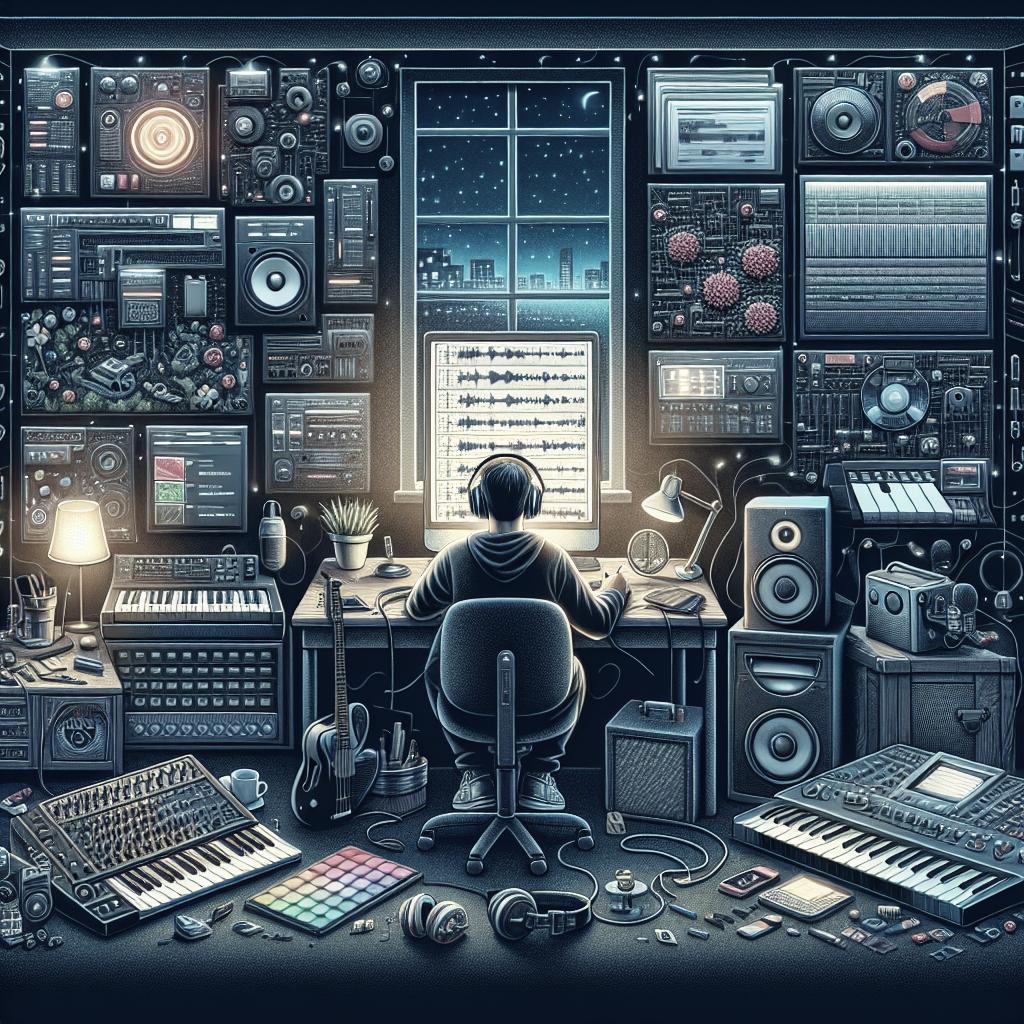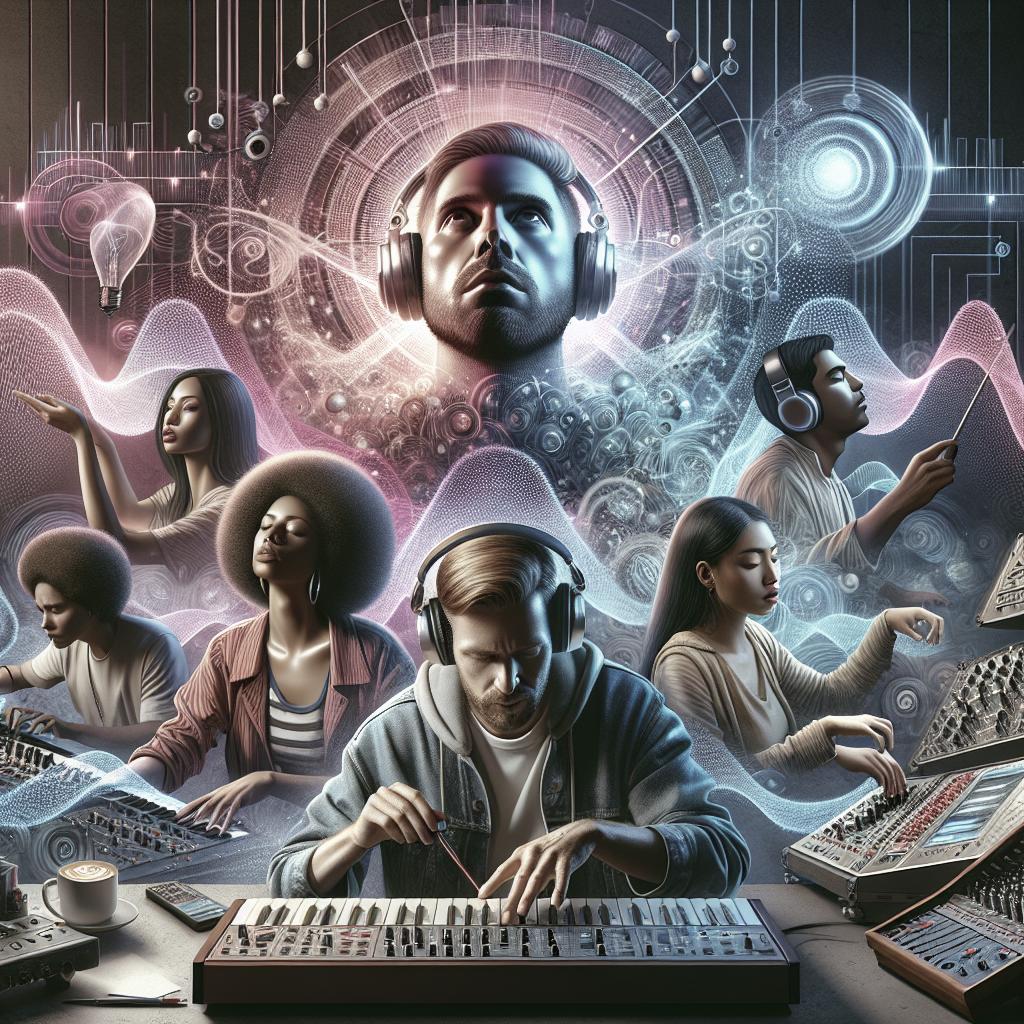<>
— # How to Participate in Electronic Music Competitions Electronic music competitions offer a unique platform for artists to showcase their innovation, creativity, and technical prowess. Whether you’re a seasoned artist or a budding musician, understanding how to navigate the submission and review processes can significantly enhance your chances of standing out. This blog post provides a comprehensive guide on how to participate in electronic music competitions. From understanding the intricate details of submitting music and video works, curated concert guidelines, installing complex works, to the papers’ timeline and review processes, we cover all bases. Additionally, we’ll discuss participation fees and other practical aspects of preparations. Read on to gear up for your next big opportunity and make a lasting impression in the electronic music scene. ##
Submissions are now closed!
###
June 16-22, 2024
Electronic music competitions typically follow a strict submission timeline. Between June 16-22, 2024, submissions might be closed, marking the end of an initial phase. This period is critical as it often serves to finalize the list of participants who will move on to the next stages of reviews and potential live showcases. Marking your calendar with submission dates and keeping a close watch on any relevant deadlines ensures that you don’t miss out on important opportunities. Planning submissions well in advance means more time to finesse your work and ensure compliance with all guidelines. ##
I. Music and Video
###
Performers
Performing artists must pay special attention to genre requirements and the competition’s overall aesthetic. Ensuring that your music aligns with the competition’s themes can significantly enhance your chances of acceptance. Moreover, well-crafted performances with strong technical skills can genuinely shine in video submissions. Additionally, performers should also focus on the quality of their recordings. High-definition audio-visual materials can provide a more immersive experience for the judges. Investing in good recording equipment or a professional studio session could make a notable difference in how your submission is perceived. ###
Multichannel Works
Multichannel works often require meticulous attention to detail, incorporating various audio channels to create an enveloping auditory experience. Competitors should clearly understand the technical specifications and artistic expectations for such submissions. To stand out in this category, think outside the traditional stereo setup. Experimenting with ambisonic or binaural recording techniques might give you an edge. These innovative approaches can highlight your technical skills and artistic vision. ###
Timeline
Sticking to the timeline isn’t just about submitting before the deadline (“Submissions June 16-22, 2024”). It involves strategic planning from conceptualizing your piece to the final submission. Starting early enables revisions based on initial feedback, enhancing the quality of your work. Breaking down the timeline into manageable milestones can be beneficial. For instance, designate periods for brainstorming, creating drafts, and revising based on constructive criticism. This systematic approach ensures that the final product is polished and aligns well with competition standards. ###
Review of Submissions
Understanding the review process is crucial. Competitions often employ a panel of experts to assess each submission. Knowing what these judges prioritize can help tailor your work to meet their expectations. Jury members typically look for originality, technical proficiency, and emotional impact. Reviewing past winning entries can offer invaluable insights into what reviewers appreciate. Additionally, peer reviews from fellow artists could provide fresh perspectives that help refine your piece further. ###
Post-review
Once the review phase is over, anticipate possible feedback from the judges. Use this feedback constructively to understand areas of strength and potential improvement. Even if you’re not shortlisted, this input can be invaluable for future competitions. Consistent growth and adaptation based on feedback are key. Revisiting and refining your submission, even after the competition, helps in honing your craft and preparing for the next opportunity. ##
II. Curated Concerts
###
Timeline
Curated concerts often follow a different timeline compared to general submissions. They might have earlier deadlines since they involve live performances that require extensive planning and coordination. Adhering to these unique timelines ensures that your work gets the attention it deserves during the selection process. Early submissions may also provide opportunities for feedback and revisions before the final performances. ###
Review of Submissions
Submissions for curated concerts are usually reviewed by a specialized panel looking for pieces that can captivate a live audience. Artistic vision, stage presence, and the ability to engage spectators are critical factors. It’s beneficial to understand the concert’s theme or concept to tailor your submission accordingly. Researching the concert’s past iterations can provide insights into what kind of performances have been successful, helping you adapt your work to fit seamlessly. ###
Post-review
Upon selection, you may receive specific guidelines for the live performance. Preparation is key here. Rehearse multiple times, focusing on both the music and your stage presentation to ensure a fluid, captivating show. Feedback post-performance can be crucial for your growth. Be open to critiques from both the judging panel and the audience. This feedback can serve as a valuable learning experience to improve your future submissions and live performances. ##
III. Papers
###
Timeline
Submissions of academic papers related to electronic music usually come with their own set of deadlines. They often fall earlier in the timeline to allow for thorough review and editing processes. Planning is crucial. Allocate sufficient time for research, drafting, peer reviews, and revisions. Ensure all your citations and references are accurate to avoid any delays or issues during the review process. ###
Review
The review of academic papers involves evaluating the theoretical and practical contributions to the field of electronic music. Review panels typically comprise academics and industry professionals who scrutinize the paper’s rigor, relevance, and innovation. Structured arguments, backed by empirical data or theoretical frameworks, often stand out. Demonstrating a deep understanding of current trends and contributing new insights or methodologies can make your submission notable. ###
Post-review
Once your paper has been reviewed, you may receive feedback or a request for revisions before final acceptance. Treat this feedback as a critical part of your academic growth and refine your paper accordingly. Post-review, presentations or Q&A sessions might also be part of the competition. Preparing for these by anticipating possible questions and learning to discuss your work effectively can further establish your credibility and expertise. ##
III. Installations
###
Review of Works
Submitting installations involves an intricate review process where artistic merit and technical execution are key criteria. Jurors look for originality, innovation, and how effectively the installation interacts with its environment and audience. Proposals for installations should be detailed, including conceptual frameworks, technical specifics, and intended audience interaction. Visual aids like design sketches or 3D models can enhance your submission by providing a clear understanding of your vision. ###
Timeline
The timeline for installation submissions is critical due to the logistical challenges involved. Earlier deadlines are common to allow enough time for planning, construction, and setup. Ensure all aspects of your installation are considered beforehand. This includes material acquisition, budget planning, and potential obstacles during installation. Pre-planning helps in avoiding last-minute hassles and ensures a well-executed setup. ##
VII. Participation and Fees
Participation often involves various fees, including submission fees, installation setup fees, or concert participation fees. Budgeting for these expenses is crucial for seamless participation. Research any potential financial aids or grants offered by the competition organizers. Some competitions offer discounted fees or scholarships for exceptional submissions, which can be a tremendous help. Understanding what’s included in these fees is also important. Some may cover basic technical support, while others might only include the review process. Be clear on what you’re paying for to avoid unexpected expenses. —
| Sections | Key Details |
|---|---|
| Submissions are now closed! | Timeline: June 16-22, 2024 |
| Music and Video |
|
| Curated Concerts |
|
| Papers |
|
| Installations |
|
| Participation and Fees | Budgeting, fee details, and financial aids |
— By understanding each phase, adhering to timelines, and embracing feedback, you can elevate your participation in electronic music competitions, ensuring your creative works receive the recognition they deserve.


